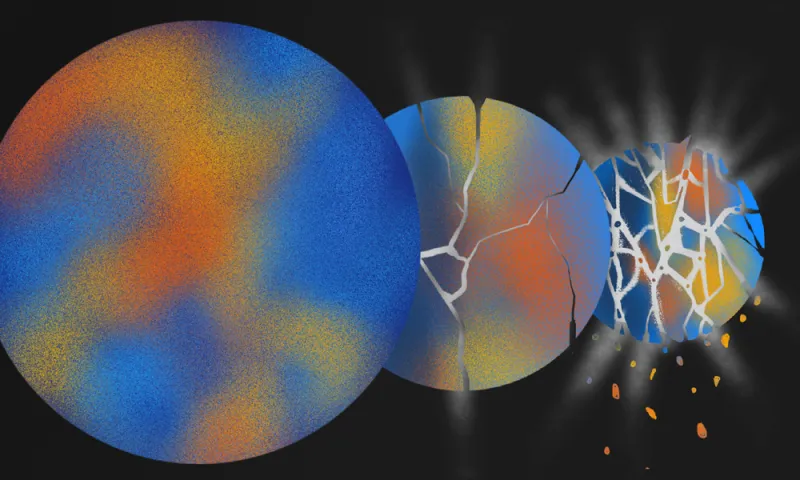Bigger equity contributions from buyout firms won’t protect investors from the weak credit protections they accept to participate in their deals, according to Moody’s Investors Service.
“Credit quality continues to deteriorate with aggressive transactions and behavior, with 40 percent of first-time issuers rated B3 this year — twice that of the last recession,” Moody’s said in a report this week. Private equity firms have been driving up the number of companies rated B3, or six levels below investment grade, prompting warnings from Moody’s that defaults in the next downturn may exceed the spike seen after the 2008 financial crisis.
Acquisition multiples and leverage have risen along with the size of the equity contributions from buyout firms, according to the report. Private equity firms, in turn, have been pushing for more flexibility in debt terms backing their deals, the credit rater said.
“While some investors argue there is some comfort taken from the larger initial equity contributions, it will not protect investors exposed to weak credit protections in loan agreements and bond indentures,” Moody’s said. “As loans have become more bond-like, investors have lost more control over debt terms and credit protections, which will stress recoveries down the road.”
Moody’s sees a particular weakening in loan and bond documents tied to private equity-owned companies, which have issued about 80 percent of B3-rated debt outstanding, according to the report. The credit rater expressed concern over a potential surge in downgrades to the next ratings level, Caa, when good times end for the economy.
“We believe the number of Caa issuers could easily exceed the 2008-2009 recession and fuel defaults above the 14 percent default rate in the fourth quarter of 2009,” Moody’s said. Companies that fall to the lower Caa range “lack sufficient liquidity to fund investments and debt service.”
[II Deep Dive: The High-Octane, In-Demand, and Worrying World of Risky Loans]
While the next downturn may be less severe than the Great Recession, “we expect to see a notably higher default rate and a more protracted default cycle because of the weaker rating distribution,” Moody’s said.
The portion of new issuers rated B3 this year by Moody’s is similar to last year’s peak of 44 percent, according to the report. These high levels compare to a 22 percent concentration of B3-rated borrowers in 2007.
“Investors continue to snap up high-yield bonds and leveraged loans in their push to capture yield, fueled by aggressive post-recession, quantitative easing,” Moody’s said. “We continue to see concentration in first lien debt, which is typically repaid first in bankruptcy.”
Moody’s estimates the average first-lien term loan recovery rate for the current cohort will be 61 percent, compared with a historical average of 77 percent.
“The key reason the last default cycle ended so quickly — after about 21 months versus more typical three-plus years — was quantitative easing (QE) by the Federal Reserve,” Moody’s said. “The Federal Reserve’s ability to administer quantitative easing has shrunk meaningfully in this ongoing low rate environment.”







